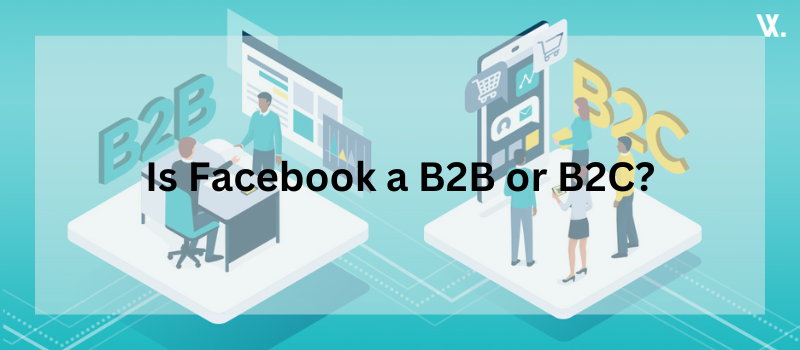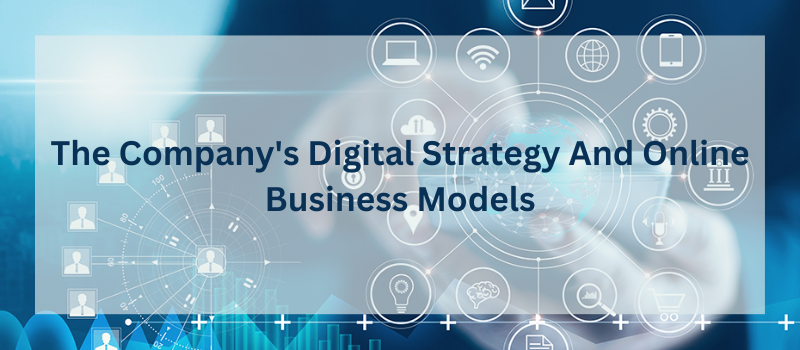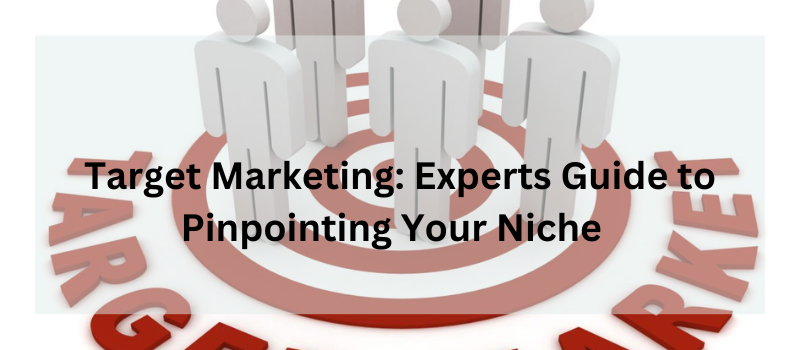Facebook is one of the biggest and most widely used social media platforms in the world. But who exactly is Facebook’s target audience – businesses or individual consumers? At first glance, Facebook may seem like a quintessential business-to-consumer (B2C) company. After all, most of us probably think of Facebook as a way to connect with friends and family.
However, Facebook has steadily introduced more and more features and tools aimed at helping businesses market themselves and sell products on its platforms. So which is it – B2B or B2C?
Contents
- 1 Is Facebook a B2B or B2C?
- 2 What is the difference between B2B and B2C companies?
- 3 What does Facebook sell and who are its customers?
- 3.1 What products and services does Facebook offer?
- 3.2 Who uses Facebook’s platforms and tools?
- 3.3 How does Facebook make money from its users?
- 3.4 Does Facebook primarily serve businesses or consumers?
- 3.5 What percentage of Facebook’s revenue comes from businesses versus consumers?
- 3.6 How do businesses leverage Facebook’s platforms for marketing and sales?
- 3.7 How do regular consumers use Facebook for connecting with others?
- 4 Why is Facebook considered more of a B2C company?
- 5 Could Facebook also be considered a B2B company?
- 6 What does the future look like for Facebook as a B2B/B2C company?
- 7 FAQ’s
- 7.1 Q1: Is Facebook only for personal use?
- 7.2 Q2: Can companies sell products directly on Facebook?
- 7.3 Q3: Does Facebook have tools specifically for businesses?
- 7.4 Q4: Is Facebook more for connecting with friends or businesses?
- 7.5 Q5: Do consumers pay to use Facebook services?
- 7.6 Q6: Could Facebook one day be more of a B2B company?
- 8 Conclusion:
Is Facebook a B2B or B2C?
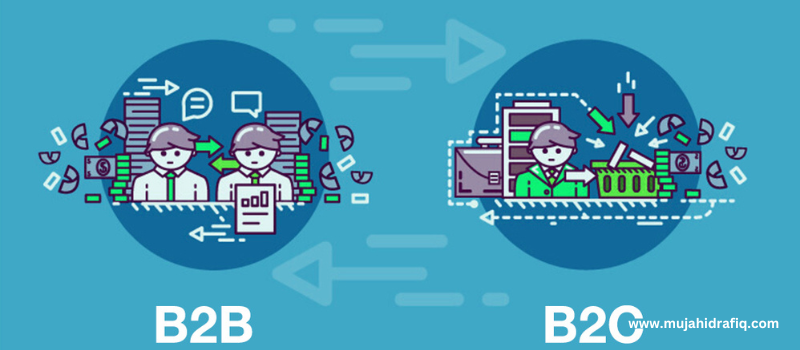
The reality is that Facebook has elements of both business models, though its core DNA skews more heavily towards serving consumers directly.
Let’s quickly dig in and find out the deep realities.
What is the difference between B2B and B2C companies?
Before analyzing Facebook specifically, it helps to understand the key differences between B2B (business-to-business) and B2C (business-to-consumer) companies overall.
How do B2B and B2C business models differ?
The main difference lies in who the core customer is. B2B companies sell products or services to other businesses, while B2C companies sell directly to individual consumers.
For example, a company that makes software specifically for businesses to manage inventory or payroll would be B2B. A company that makes video games for kids to play at home would be B2C.
B2B sales cycles also tend to be longer and more complex, often involving multiple decision makers within the client organization. B2C sales are typically faster and simpler.
Pricing and marketing strategies differ as well. B2B products generally have higher price points and are promoted through specialized channels aimed at business buyers. B2C products are mass market consumer goods sold through broad channels like online ads or retail stores.
| B2B | B2C |
|---|---|
| The customers are other businesses | The customers are everyday consumers |
| More complex sales process | aster, simpler sales |
| Relationships matter more | More transactional |
| Higher price points | Lower mass market prices |
| Focused marketing channels | Broad marketing channels |
| Fewer customers needed | Need large customer bases |
| Usage drives product design | Trends drive product design |
| Contracts and negotiations | | On-demand purchasing |
What are some common examples of B2B vs B2C companies?
For B2B, think of companies like Oracle, Cisco, or Salesforce that sell technology, software, and services to help other businesses operate. Their customers are primarily other companies, not the average consumer. These complex enterprise deals can involve long sales cycles, big contracts, and highly customized products. But landing one client can mean huge revenue!
On the flip side, B2C companies like Apple, Nike, Coca-Cola, Amazon sell their trendy gadgets, shoes, soda drinks and ecommerce platform directly to you and me. They need massive reach and appeal to everyday folks browsing stores and websites. It’s all about having the coolest new products that people can’t resist buying on impulse!
The business models are tailored to who they’re selling to – other companies or the public. B2B pushes specialized offerings to fellow businesses. B2C competes to catch the eyes of ordinary shoppers like us first and foremost. Same overall goal of sales, but totally different customer mindsets and priorities to align with!
What does Facebook sell and who are its customers?
Now let’s examine Facebook’s specific business model. What does the company actually sell and who uses its products and services?
What products and services does Facebook offer?
The core Facebook product is its social media platform that allows users to connect with friends and family. Related apps include Instagram for photo sharing, Messenger for messaging, and WhatsApp for private chats.
For businesses, Facebook offers options to create business pages and accounts. It provides platforms like Facebook ads to target specific demographics. Instagram shopping and integrations help businesses turn social media into a digital storefront.
Who uses Facebook’s platforms and tools?
On the consumer side, Facebook has over 2.8 billion monthly active users worldwide as of Q2 2022. These are mostly everyday people connecting with their personal networks and communities.
On the business side, over 200 million businesses have active presence on Facebook and Instagram as of 2021. They use it for brand awareness, lead generation, and driving sales through ads, organic posting, and shopping features.
The key consumer-focused tools are the news feed, stories, groups, messaging, and live video broadcasting. These enable social interaction.
For businesses, core tools include company pages, ad managers, Meta Business Suite analytics, Messenger bots for service, product catalogs, and more. These facilitate marketing and commerce.
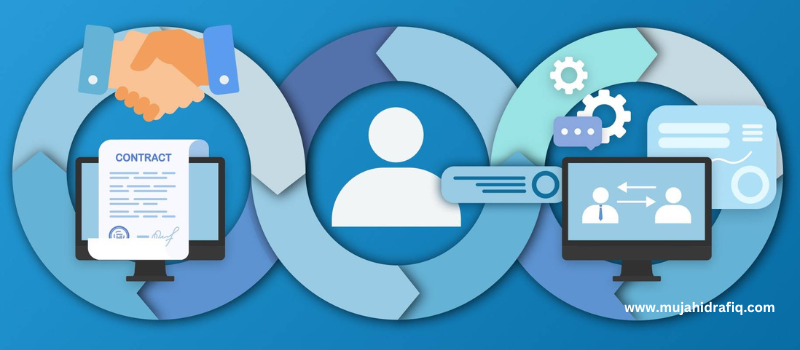
How does Facebook make money from its users?
The vast majority of Facebook’s revenue comes from selling ad space to businesses. These ads target specific audiences based on interests and demographics.
- Ad impressions – Charging businesses to serve ads to users that “impress” the ad onto their screens during browsing. More impressions = more money.
- Cost per click (CPC) – Businesses bid on ad placements and pay Facebook when users actually click the ads. More clicks = higher earnings.
- Cost per action (CPA) – When a conversion happens from an ad click, like a purchase or sign-up, that’s a valuable “action”. Facebook charges more for these.
- Audience networks – Facebook Audience Network and Instagram Audience Network let businesses place ads across multiple apps and sites beyond just Facebook’s, expanding its ad inventory.
- Dynamic creative – Machine learning automatically generates many ad variants for A/B testing to boost performance. More effective creative = higher billing.
- Lookalike audiences – Sophisticated targeting uses AI to find new users who share qualities with a brand’s existing customers to show them relevant ads.
- Cross-device tracking – Following users across devices and platforms allows more personalized, impactful ad targeting.
Does Facebook primarily serve businesses or consumers?
Given its products and revenue streams, does Facebook focus more on B2B or B2C? The revenue breakdown provides a clue.
On one hand, the vast majority of Facebook’s revenue comes from selling ad space and business tools to other companies. So in that sense, businesses are Facebook’s real “customers.”
But on the other hand, most of Facebook’s users are regular everyday people connecting with friends, family, interests, and communities. The whole platform is designed around the consumer social experience.
Digging deeper, it seems Facebook ultimately serves consumers more directly through the social utilities it provides. But it monetizes that attention by selling access to users through ads and business products.
So regular individuals aren’t paying customers per se, but rather the “product” that Facebook sells to advertisers and companies. The core experience is still centered around consumer connections and engagement.
What percentage of Facebook’s revenue comes from businesses versus consumers?
In 2021, Facebook generated over $118 billion in total revenue. Approximately 98% of this came from advertising. The majority of those ad dollars ultimately came from businesses promoting their products and services or trying to reach new customers.
So while individual consumers don’t directly pay to use Facebook, monetizing user data through ad targeting is the core business. Businesses are the actual “customers.”
How do businesses leverage Facebook’s platforms for marketing and sales?
Businesses big and small use Facebook in various ways:
- Paid ads to reach specific demographics
- Company pages to engage followers
- Sponsored content to increase visibility
- Instagram shopping to highlight products
- Messenger chat bots for customer service
- Analytics to track performance
- Pixel tracking for optimization
The platform provides a diverse set of options for businesses to connect with consumers.
How do regular consumers use Facebook for connecting with others?
On the flip side, for most individual users, Facebook is primarily a personal tool:
- Connecting with friends and family
- Sharing life updates and photos
- Joining groups and communities
- Commenting on public posts from brands
- Buying from ads that seem relevant
For consumers, Facebook facilitates social interaction more so than direct commerce.
Why is Facebook considered more of a B2C company?
Given that its revenue overwhelmingly comes from businesses, why is Facebook still categorized primarily as a B2C company? A few factors drive this perception.
How does Facebook cater towards consumers over businesses?
Everything from the interface design to the user experience is optimized for helping regular people connect and share – not businesses transacting. While companies have a presence, individuals drive the core activity.
Quick rundown on how Facebook caters to consumers:
- Interface is fun, casual, aesthetically pleasing
- Features facilitate connecting with friends, family, interests
- Content is centered around personal life updates, photos, videos
- Ad formats blend in with natural user experience
What makes the Facebook user experience tailored for consumers?
Features like news feeds, stories, groups, chat, and live video are all centered around consumer social interaction, rather than business workflows. The vibe is casual, fun, and relationship-focused.
Even though businesses ultimately pay for access to users, Facebook’s “customer” base is the wider public consuming its services.
Quick rundown on what makes it tailored for consumers:
- Events, groups, chat, stories for sharing updates
- Casual, conversational tone in posts and messaging
- Focus on relationships and community building
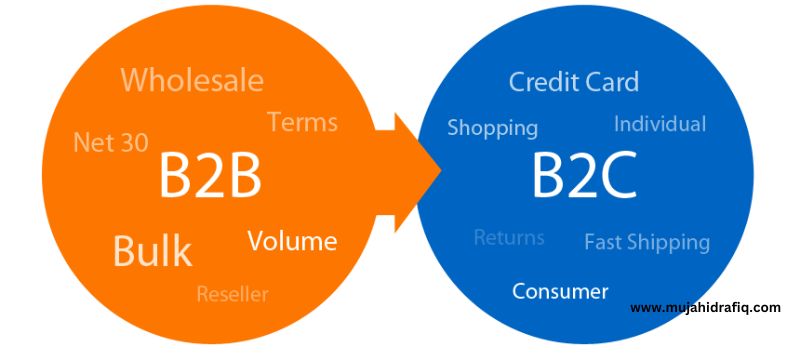
Could Facebook also be considered a B2B company?
While skewed towards B2C, Facebook does have a steadily growing B2B element built into its DNA as well.
In what ways does Facebook enable businesses to advertise and sell?
The vast array of advertising products and options enables businesses large and small to engage consumers on Facebook properties. Advanced targeting and measurement tools help drive sales.
Quick rundown on how Facebook enables businesses to advertise:
- Powerful ad targeting and analytics tools
- Multiple ad formats (video, image, carousel, etc.)
- Ability to amplify reach and engagement
- Lead gen, conversion tracking, sales funnel tools
What B2B-focused tools does Facebook offer to businesses?
In addition to ads, Facebook provides analytics programs like Facebook Business Suite and Meta Business Suite to help companies manage campaigns and optimize performance.
Facebook also offers paid services to build automated Messenger chatbots, integrate product catalogs, communicate with customers at scale, and more. These go beyond just ads.
Quick rundown on B2B-focused tools Facebook offers:
- Business pages and suite of analytics
- Messenger bots for customer service
- Instagram shopping for digital storefronts
- Dynamic product catalog integration
- CRM tools like Facebook Leads and Click to Messenger
How does Facebook work to attract and support business accounts?
Dedicated pages for business profiles, specialized ad interfaces, ecommerce integrations, and analytics dashboards demonstrate that Facebook actively caters to companies managing accounts on its platforms, not just individuals. Quick rundown on how Facebook attracts businesses:
- Dedicated account managers for large advertisers
- Self-serve ad platform for SMBs to scale reach
- Resources and best practices for optimizing spend
- New commerce features like Shops and Business Messaging
What does the future look like for Facebook as a B2B/B2C company?
As Facebook continues evolving, could it shift more towards being a B2B company over time? Or will it retain its largely B2C focus?
Will Facebook further develop its B2B products and services?
Facebook has strategically acquired B2B-oriented companies like Kustomer for customer service CRM. It’s also building its own workplace collaboration platform called Workplace.
These signal potential expansion into fuller enterprise solutions vs just ads and marketing. More revenue may come directly from business subscriptions over time.
How might Facebook evolve to serve both businesses and consumers?
Realistically, Facebook will likely aim to offer something for everyone – consumers connecting socially + businesses leveraging its platforms for transactions and growth.
By intertwining social community with commercial opportunity, Facebook provides value to both regular users and companies. It neither has to be exclusively B2B or B2C.
The social platform and trust it has built with billions of consumers worldwide remains its core asset and “product.” Facebook will probably continue optimizing this community experience to enable commerce through ads and integrated features.
In summary, while Facebook has elements of both business models, its DNA remains firmly rooted in the B2C world for now. However, don’t be surprised if its B2B capabilities continue accelerating in parallel. Facebook is the rare company that is in a prime position to adroitly blend both consumer and business priorities as it evolves.
FAQ’s
Q1: Is Facebook only for personal use?
Not at all! Lots of businesses use Facebook to connect with customers in a more casual way. It’s a great place for ads, special offers, and customer service.
Q2: Can companies sell products directly on Facebook?
Yep! Facebook has built in shop features for businesses to highlight their goods. Instagram especially makes online shopping easy.
Q3: Does Facebook have tools specifically for businesses?
For sure – business pages, ad managers, analytics dashboards, chatbots, and more. The platform has evolved a lot on the B2B side.
Q4: Is Facebook more for connecting with friends or businesses?
Primarily for friends and family. But businesses have steadily grown their presence there to engage with consumers.
Q5: Do consumers pay to use Facebook services?
Nope, regular users don’t pay – Facebook makes money from selling ads and business tools. So the consumers are the “product.”
Q6: Could Facebook one day be more of a B2B company?
It’s possible! A growing chunk of revenue comes from company subscriptions and services beyond just ads. But the social experience remains the core product.
Conclusion:
At its core, Facebook remains focused on enabling social connections and communities, not just transactions. But there’s no denying the platform offers increasing capabilities for businesses to turn reach into revenue. Rather than pigeonhole Facebook as B2B or B2C, it’s best to embrace its blended identity.
Consumers benefit from new shopping and engagement features, while companies gain more options to build brand affinity. Looking ahead, Facebook will likely aim to be an indispensable partner for all users, whether you’re posting vacation photos for Grandma or introducing new products to eager customers.
So embrace the dual nature of Facebook – it’s simply too big and too embedded in modern life to be anything but both.
Want to grow your business on Facebook? Get our free guide to mastering Facebook marketing!
Read More:

